The World’s Stinkiest Bird Smells Like Cow Manure

The pheasant-like hoatzin is the only bird species that ferments its food, an unusual digestive system that also makes it the stinkiest bird in the world. The hoatzin is a very strange bird. Native to the backwaters of the Amazon, its chicks are born with clawed wings, it is the last surviving member of an […]
Australian Island Birds Are So Full of Plastic They Crackle and Crunch
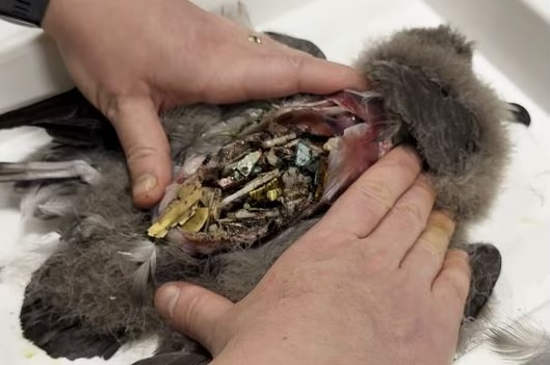
Australian scientists have discovered that mutton birds on Lord Howe Island have so much plastic in their stomachs that they clackle and crunch under slight pressure. Lord Howe, a tiny volcanic island on Australia’s east coast, is home to around 500 humans and over 44,000 shearwaters, aka mutton birds, a species of long-winged seabirds. It’s […]
French Couple Get Sued by Neighbor Because Their Rooster Crows Too Loudly
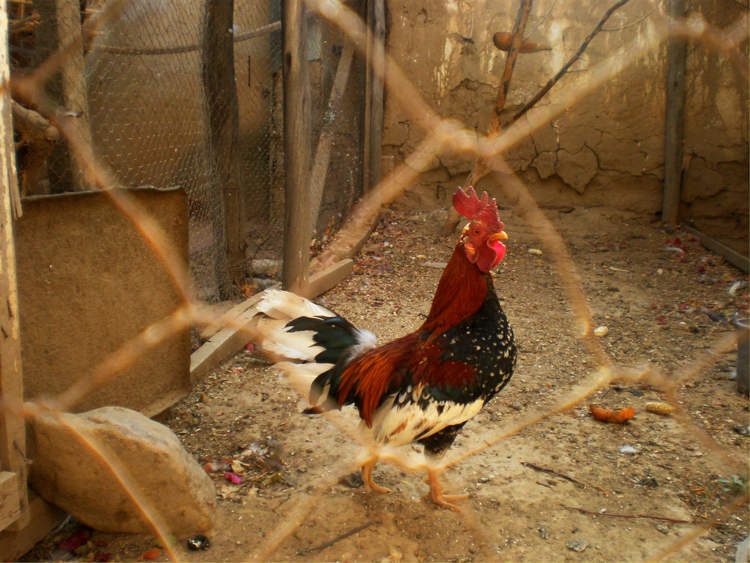
The owners Ricco, a Bantam rooster from Bourgoin-Jallieu in France’s Isère department, are scheduled to show up in Court following a neighbor’s complaint regarding the bird’s loud crowing. “Difficulty concentrating, sleep deprivation, hearing fatigue,” these are just some of the symptoms cited by the plaintiff who summoned Ricco’s owners to Court in January of next […]
Argentinian Town Struggles to Cope with Yearly Parrot Invasion
Every year, Hilario Ascasubi, a town in the south of Argentina’s Buenos Aires province, is invaded by tens of thousands of noisy cliff parrots that cause millions of dollars in damage. The people of Hilario Ascasubi have been “under siege” by a giant colony of parrots for several years now, but many are complaining that […]
Glass-Covered Building Kills Over 1,000 Birds in Just One Day
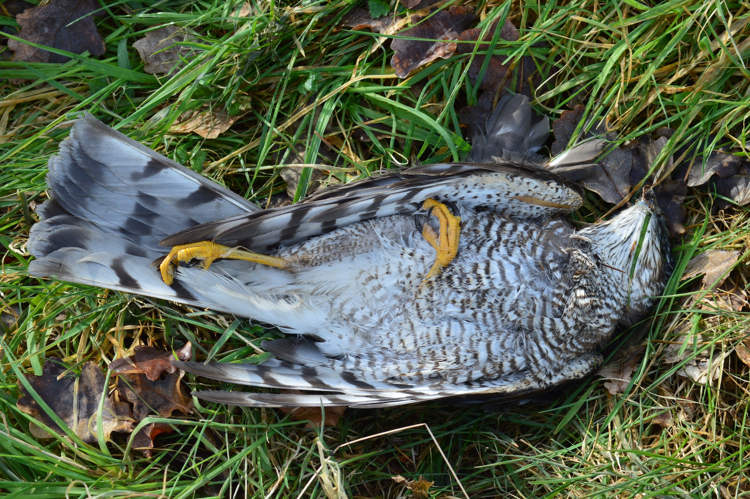
Chicago’s McCormick Place, the largest convention center in North America, was recently responsible for the deaths of at least 1,000 small birds that crashed into its thick glass walls. According to the Chicago Bird Collision Monitors (CBCM), a volunteer conservation project dedicated to the protection of migratory birds, on October 5, the carcasses of at […]
The World’s Oldest Living Chicken Is Over 21 Years Old
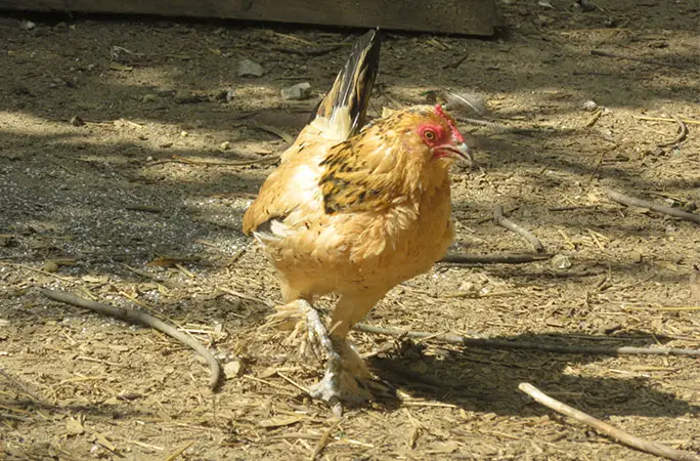
Peanut, a chicken from a no-kill farm in Michigan, is the current Guinness Record holder for the ‘world’s oldest chicken’, at 21 years, 156 days, and counting. Chickens have an average life expectancy of five to eight years, so Peanut is somewhat of a Methuselah of the aviary world. On January 28, 2023, she was […]
Scientist Wears Giant Bird Head for a Year to Befriend Real Birds, Fails
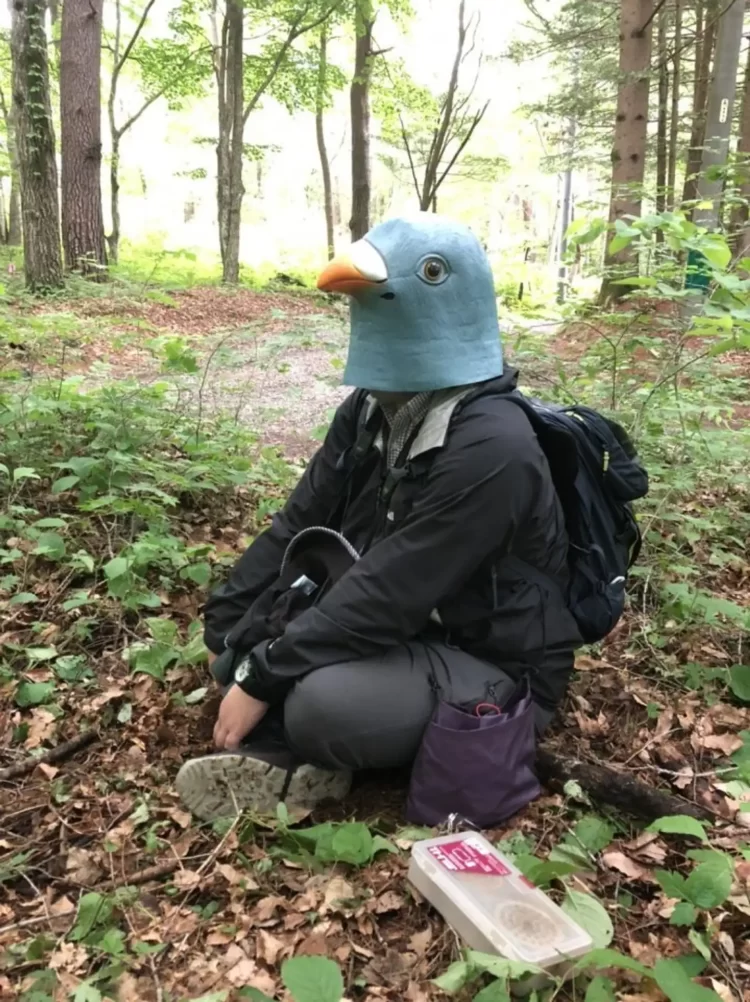
A Japanese scientist studying the languages of birds wore a giant bird mask on his head for an entire year in order to trick a nest of great tits to allow him to approach them. Toshitaka Suzuki, an associate professor at the University of Tokyo, recently shared a bizarre photo of a man wearing a […]
Kindhearted Woman Turns Her Apartment into a Hummingbird Hospital
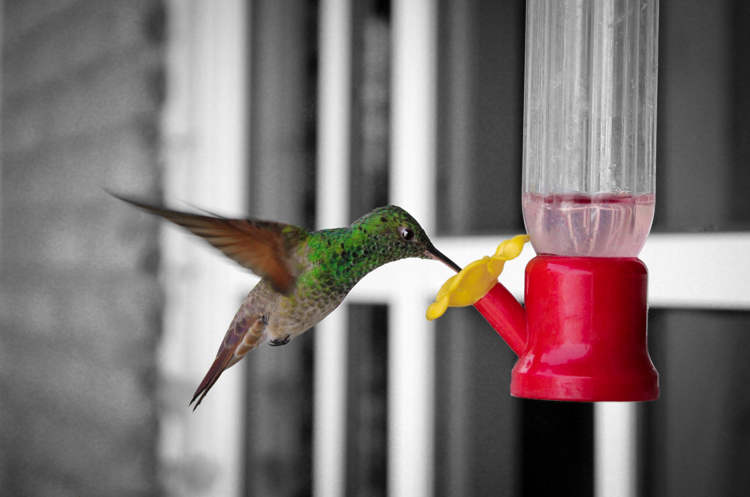
Catia Lattouf de Arída has been using her apartment in Mexico City as a hospital and sanctuary for injured and abandoned hummingbirds for the last 11 years. As pollinating agents, hummingbirds are a very important part of Mexico’s ecosystem, but because of the ever-expanding urban landscape, they face all sorts of serious threats. That’s where […]
Researchers Find That Birds Are Using Anti-Bird Spikes to Build and Protect Their Own Nests
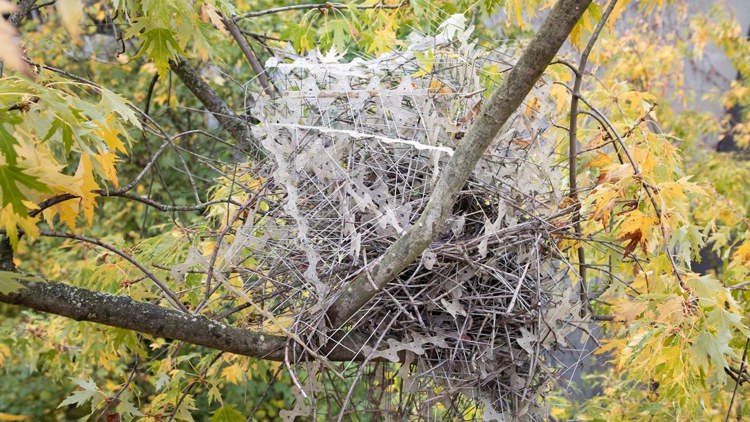
A team of Dutch researchers has discovered that magpies and crows are using metal spikes designed to keep them away from certain urban areas to reinforce their own nests and keep intruders at bay. Scientists have known for a while that magpies and crows are some of the most intelligent birds in the world, but […]
Mutant Pigeon With Puffed-Out Chest and Long Legs Baffles Internet
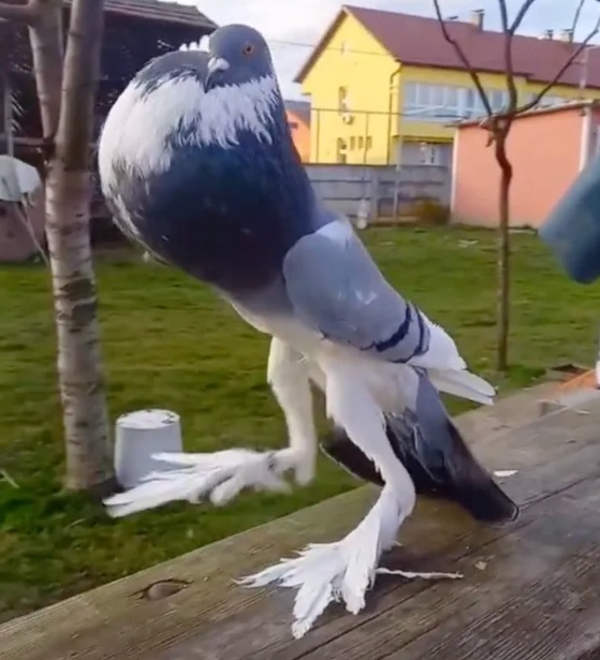
Photos and clips of a proud-looking pigeon with its chest puffed out like a cartoon character and impressively long legs have been getting a lot of attention online. The “chad pigeon” went viral after a UK pigeon breeder shared a clip of their impressive-looking bird on TikTok, where it quickly went viral. Million of people […]
Poppy Farmers Struggle to Get Rid of “Opium-Addicted” Swans
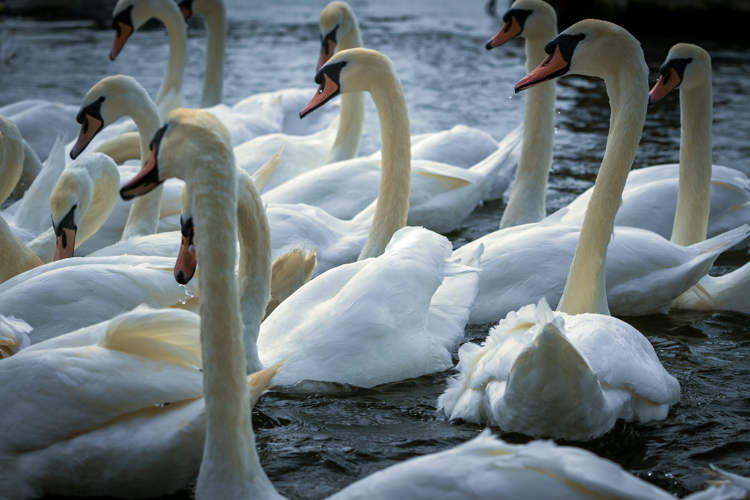
A family of poppy farmers in Slovakia has been having trouble getting rid of hundreds of swans that have become addicted to poppy seeds and sometimes even overdose on them. Poppy farmers near the Slovakian town of Komarno first reported the presence of swans in their fields back in February. It is believed that they […]
This Metallic ‘Chicken Orb’ Is Sparking Heated Online Debates
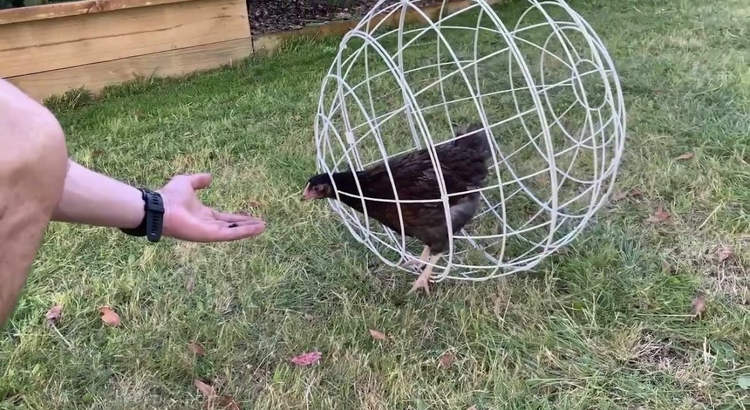
The ‘Chicken Orb” is a sphere made of metallic wire that allows chickens to move around and forage freely while preventing them from jumping onto flower beds and other places they’re not supposed to go into. The Chicken Orb has been around for at least a couple of years, but it only recently started getting […]
This Tiny Adorable Bird Is the World’s Smallest Bird of Prey
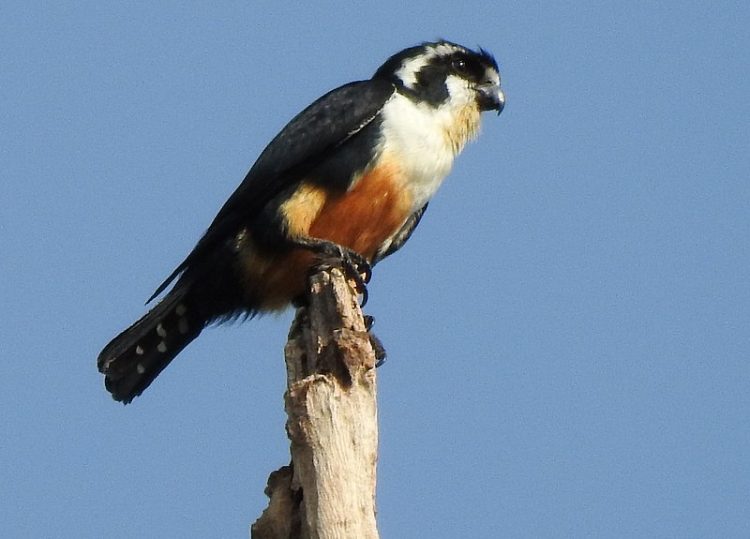
The black thighed falconet is no larger than a sparrow, but don’t let its size fool you, as this tiny bird is a ruthless predator capable of killing prey its own size. Falconets are the smallest birds of prey in the world, with the black thighed falconet (Microhierax fringillarius) and the Bornean falconet (Microphierax latifrons) […]
This Bird’s Mating Song Sounds Like a Combination of Cow Moos and Chainsaw Noise
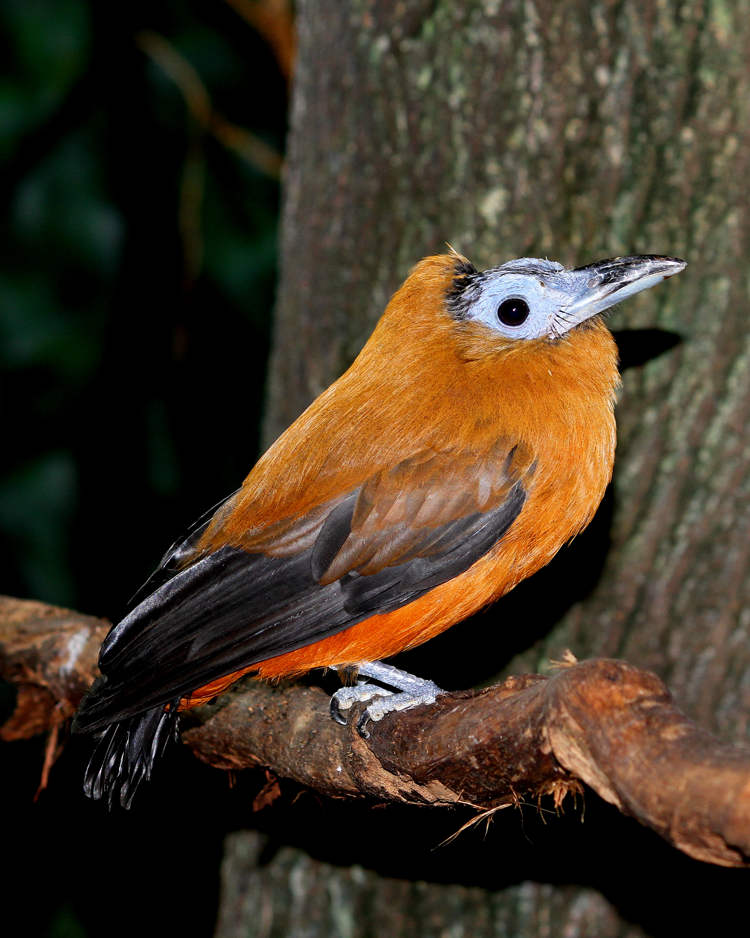
The capuchinbird, an exotic bird found in the jungles of South America, is famous for having one of the most bizarre-sounding mating songs in the entire animal kingdom. Capuchinbirds have a rather peculiar look. They have light brown plumage that becomes bright orange on the belly, and a bald vulture-like head covered in blue skin. […]
Wild Crane Refuses to Leave the Side of Man Who Saved Its Life
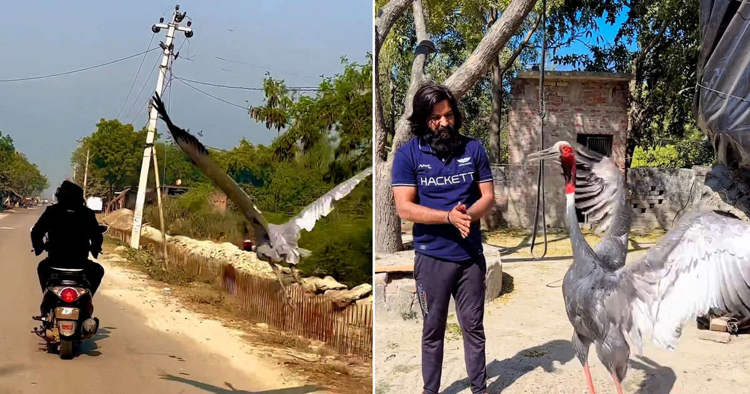
An Indian man has become somewhat of a celebrity in his home state of Uttar Pradesh thanks to his unusual best friend, a wild crane that follows him everywhere he goes. 30-year-old Mohammed Arif, a harvester operator from Mandka village, in Uttar Pradesh, was working in a field in February of last year, when he […]
